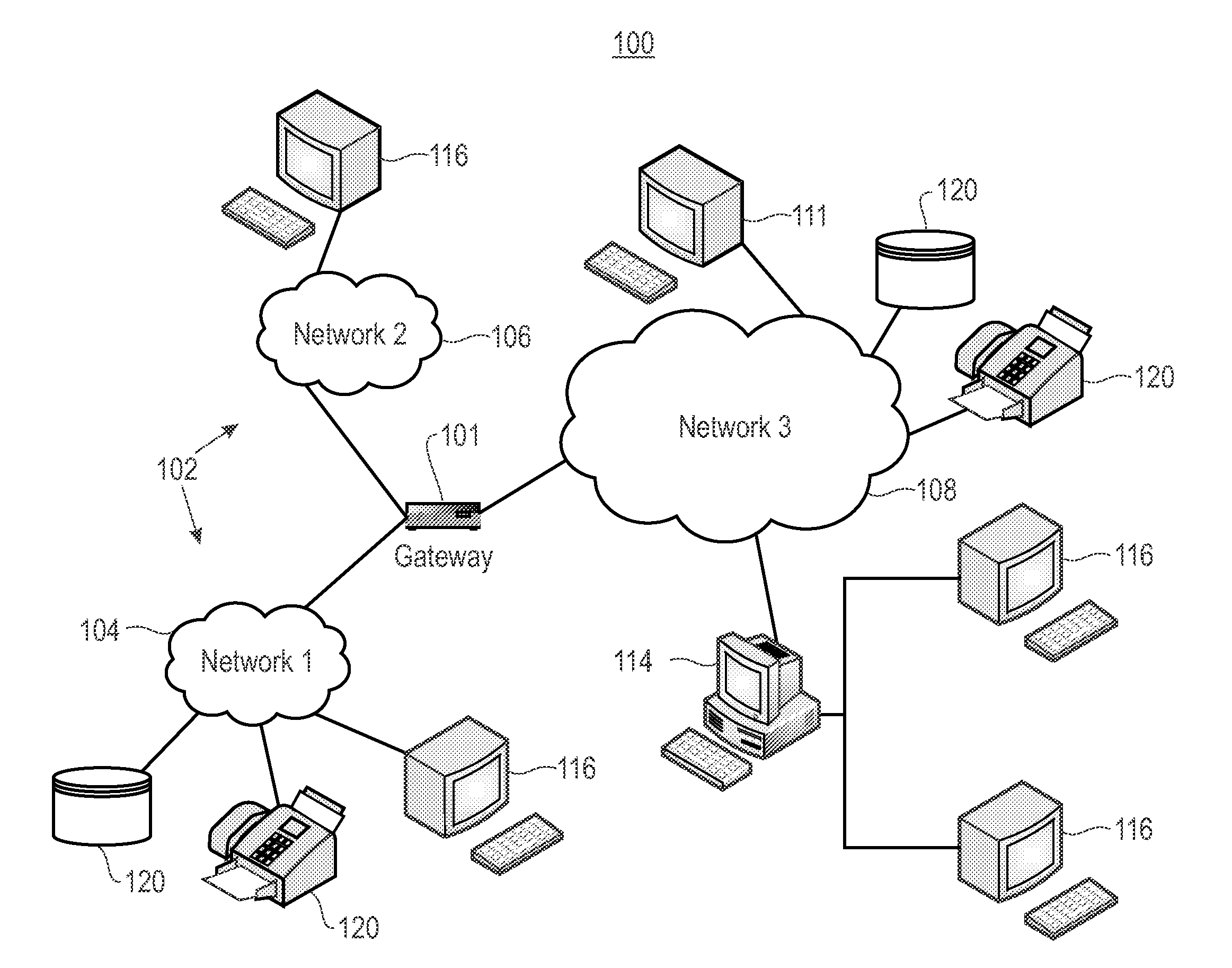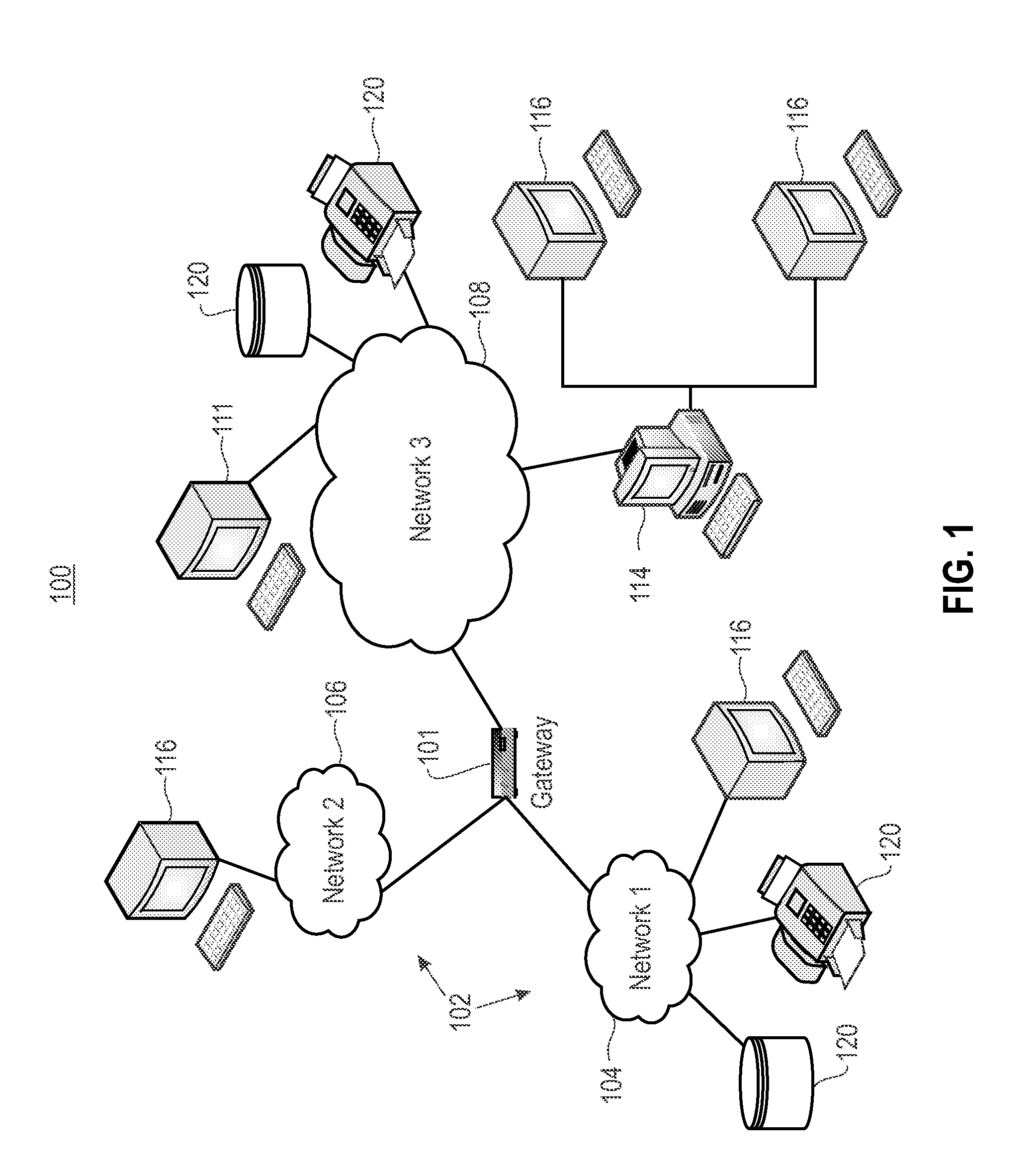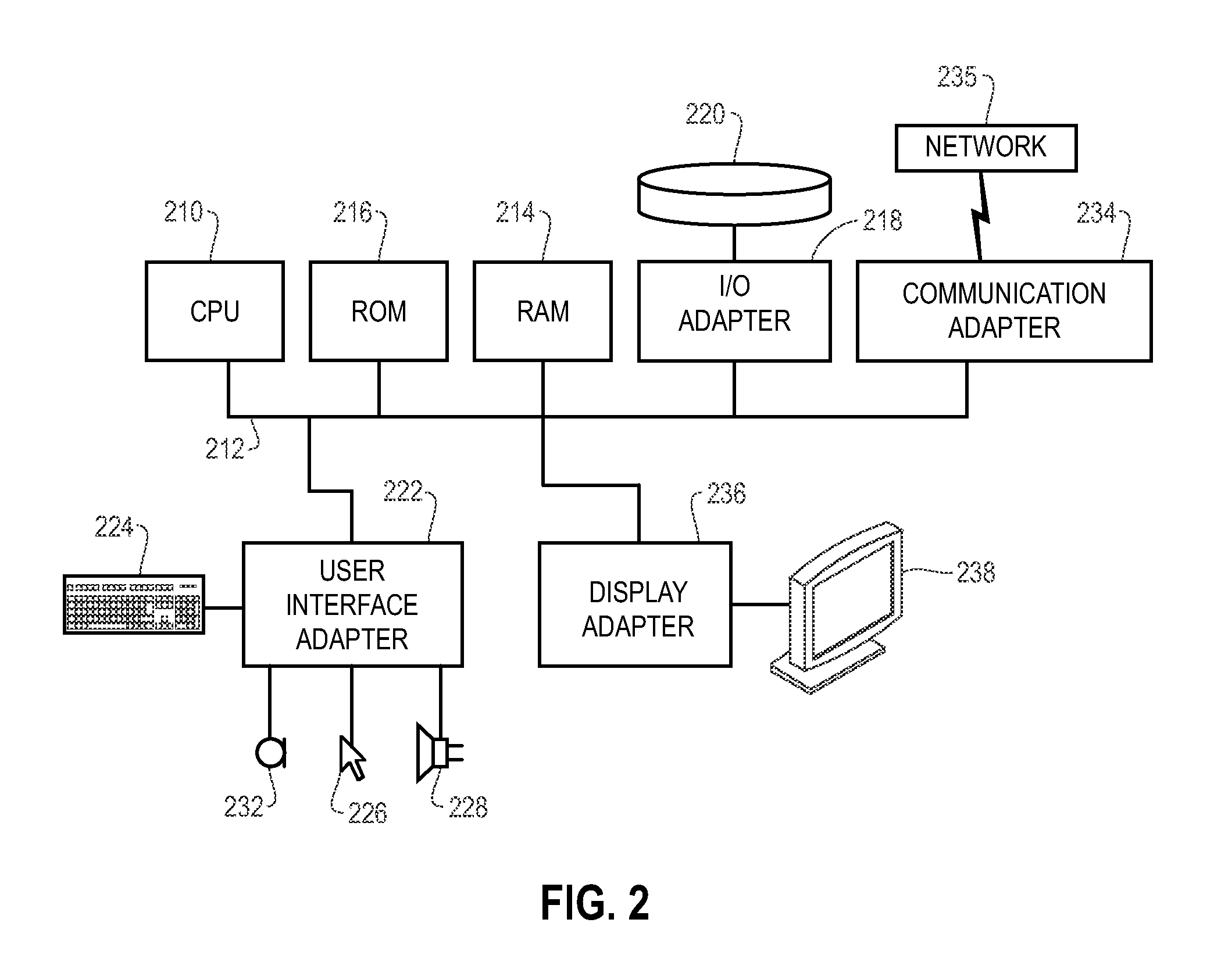Quick initialization of data regions in a distributed storage system
a distributed storage system and data region technology, applied in the field of buffering and data replication, can solve the problems of not being able to install such expensive storage devices in every node, poor performance of such operations, and being costly given the typical capacity requirements
- Summary
- Abstract
- Description
- Claims
- Application Information
AI Technical Summary
Benefits of technology
Problems solved by technology
Method used
Image
Examples
Embodiment Construction
[0012]Aspects of the present invention are described below with reference to flowchart illustrations and / or block diagrams of methods, apparatus (systems), and computer program products, according to embodiments of the invention. It will be understood that each block of the flowchart illustrations and / or block diagrams, and combinations of blocks in the flowchart illustrations and / or block diagrams, can be implemented by computer program instructions. These computer program instructions may be provided to a processor of a general purpose computer, special purpose computer, or other programmable data processing apparatus to produce a machine, such that the instructions, which execute via the processor of the computer or other programmable data processing apparatus, create means for implementing the functions / acts specified in the flowchart and / or block diagram block or blocks.
[0013]FIG. 1 illustrates a network architecture 100, in accordance with one embodiment. As shown in FIG. 1, a...
PUM
 Login to View More
Login to View More Abstract
Description
Claims
Application Information
 Login to View More
Login to View More - R&D
- Intellectual Property
- Life Sciences
- Materials
- Tech Scout
- Unparalleled Data Quality
- Higher Quality Content
- 60% Fewer Hallucinations
Browse by: Latest US Patents, China's latest patents, Technical Efficacy Thesaurus, Application Domain, Technology Topic, Popular Technical Reports.
© 2025 PatSnap. All rights reserved.Legal|Privacy policy|Modern Slavery Act Transparency Statement|Sitemap|About US| Contact US: help@patsnap.com



